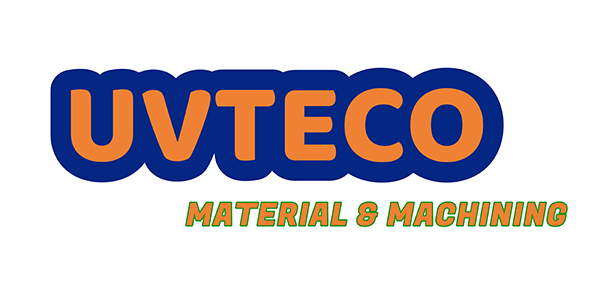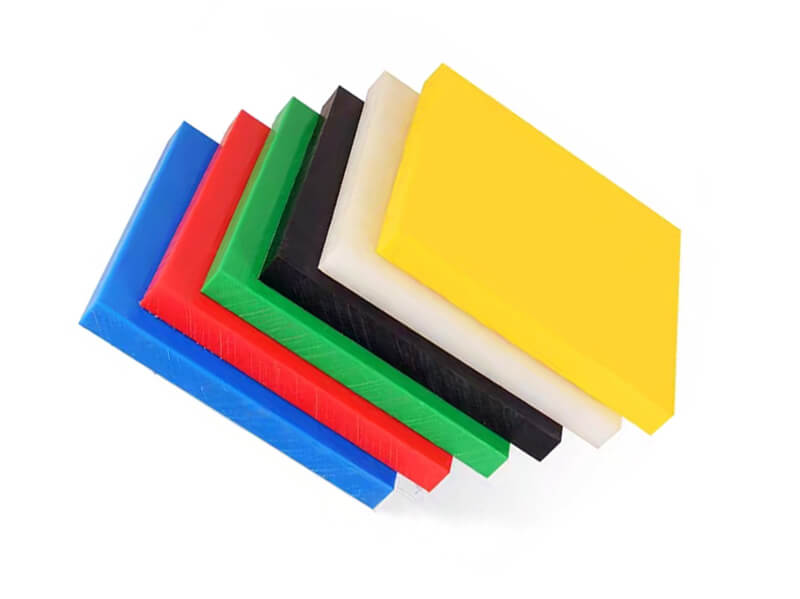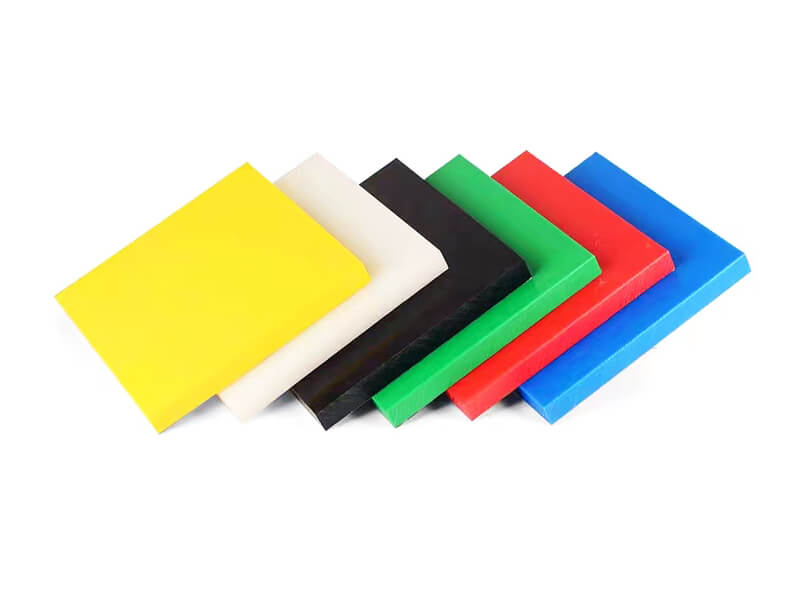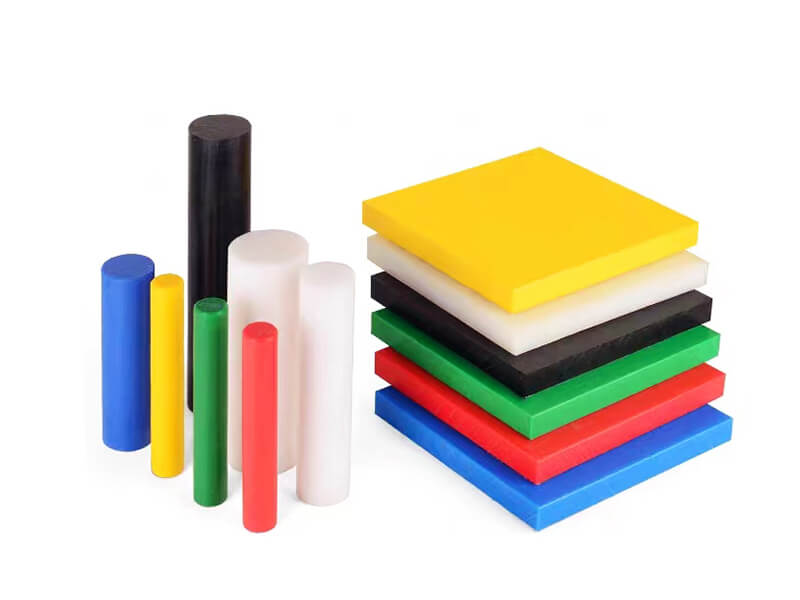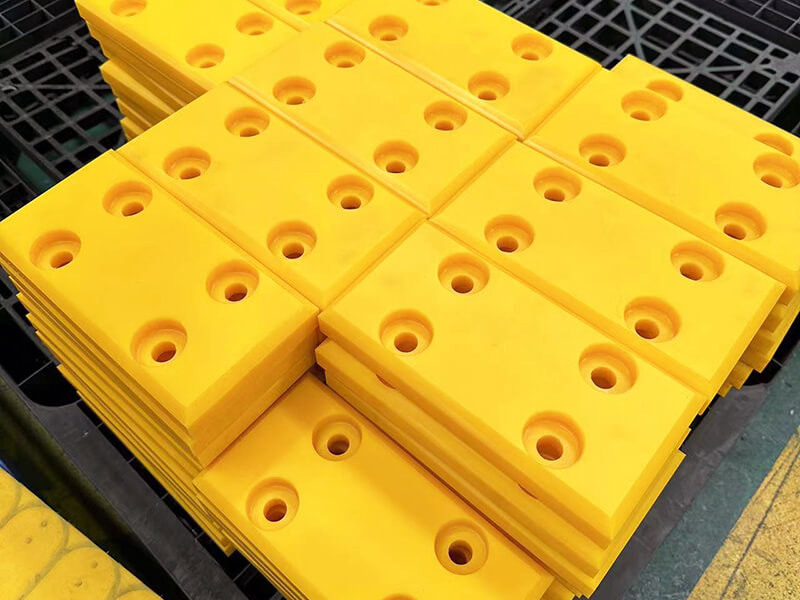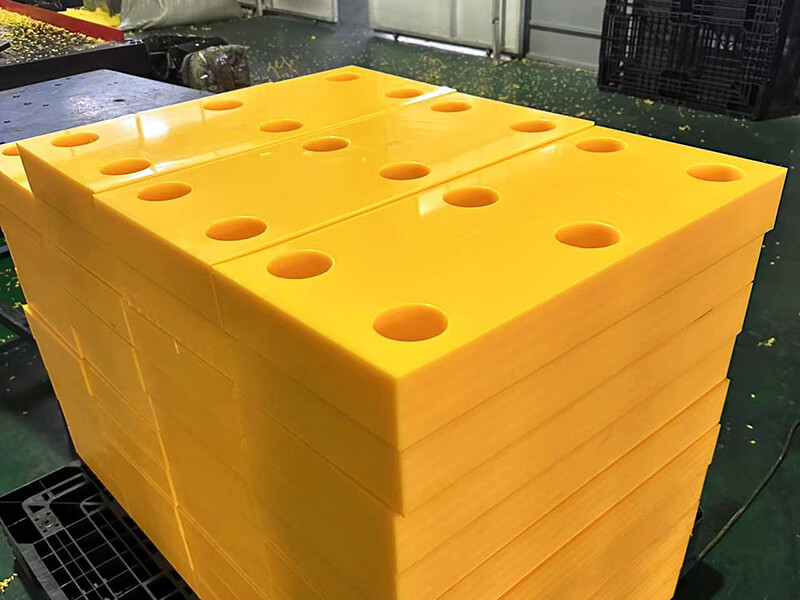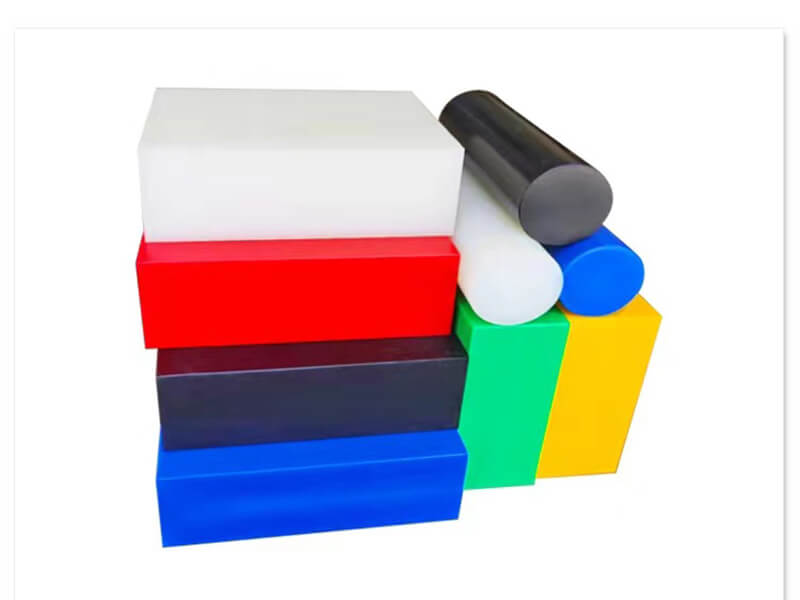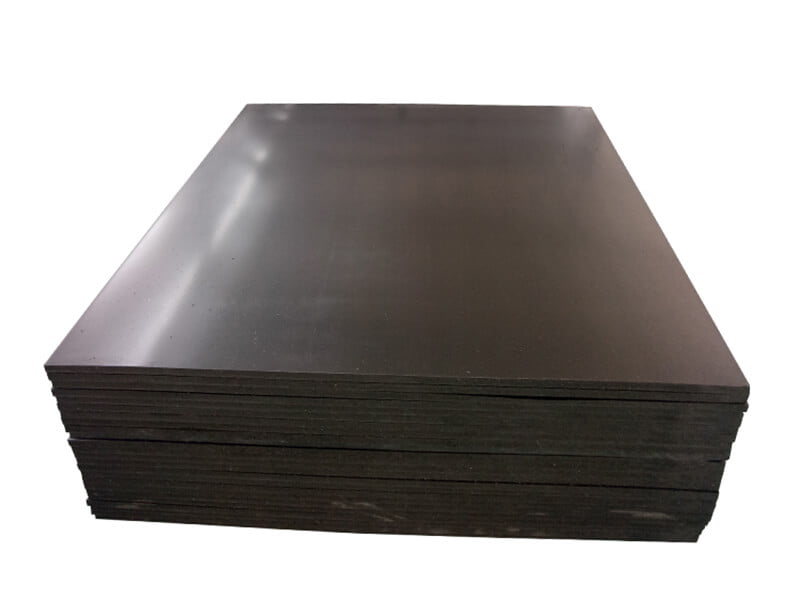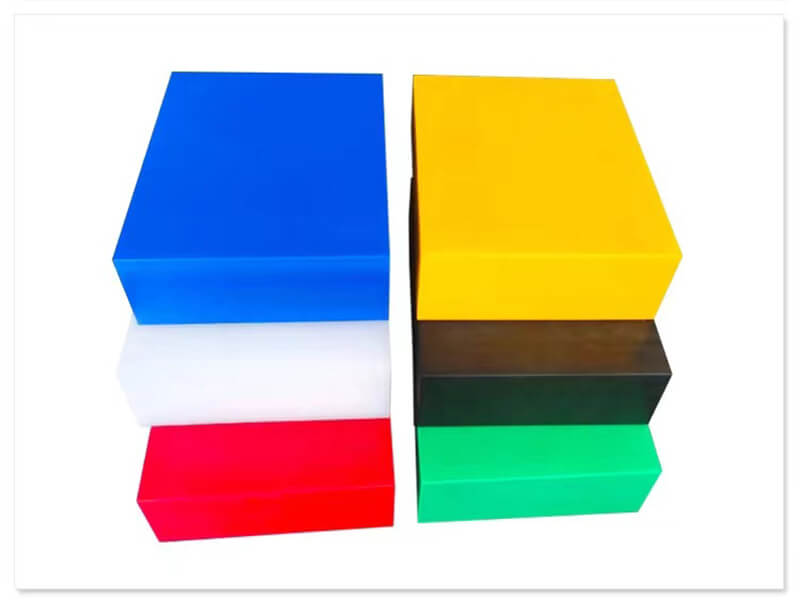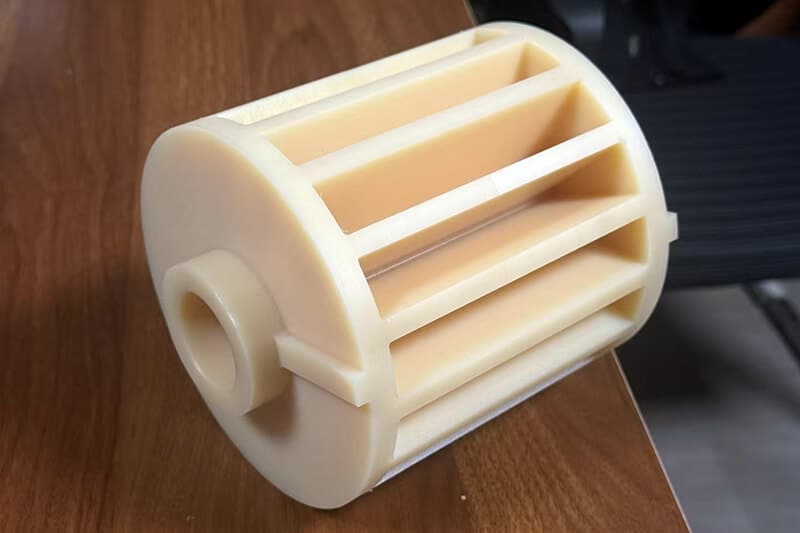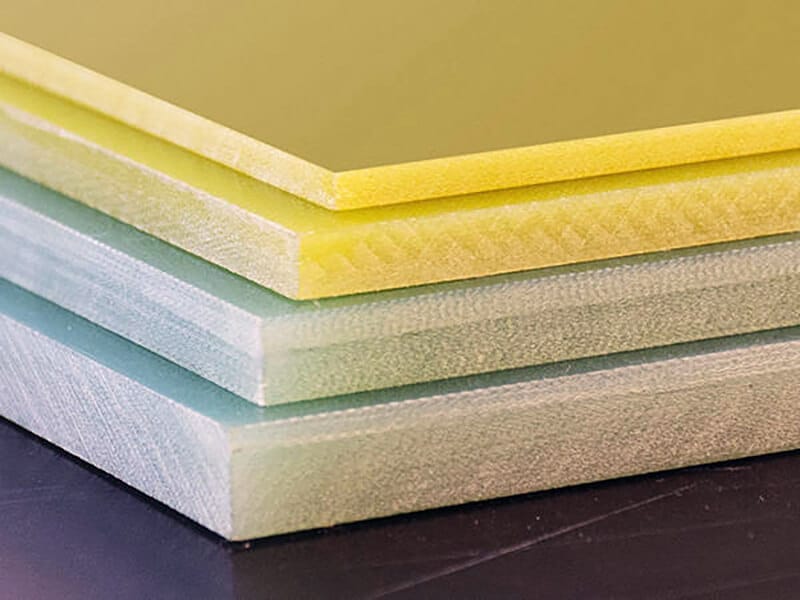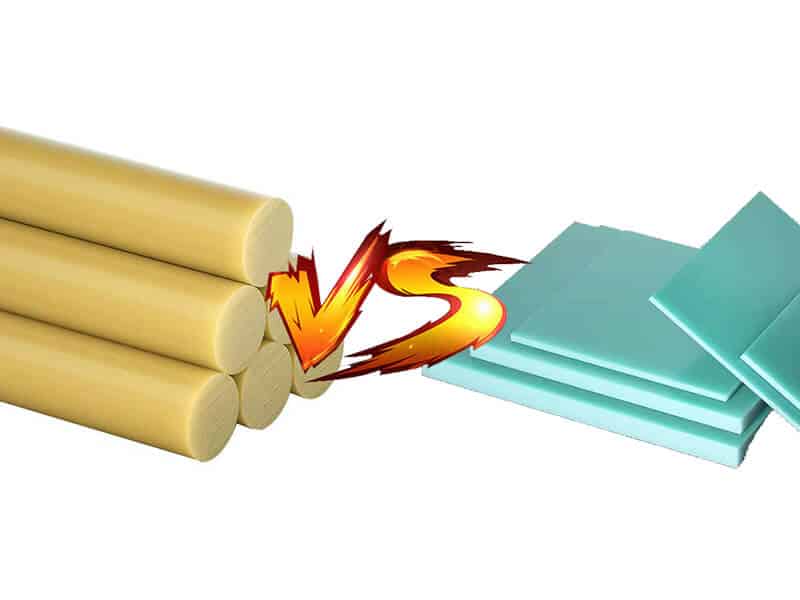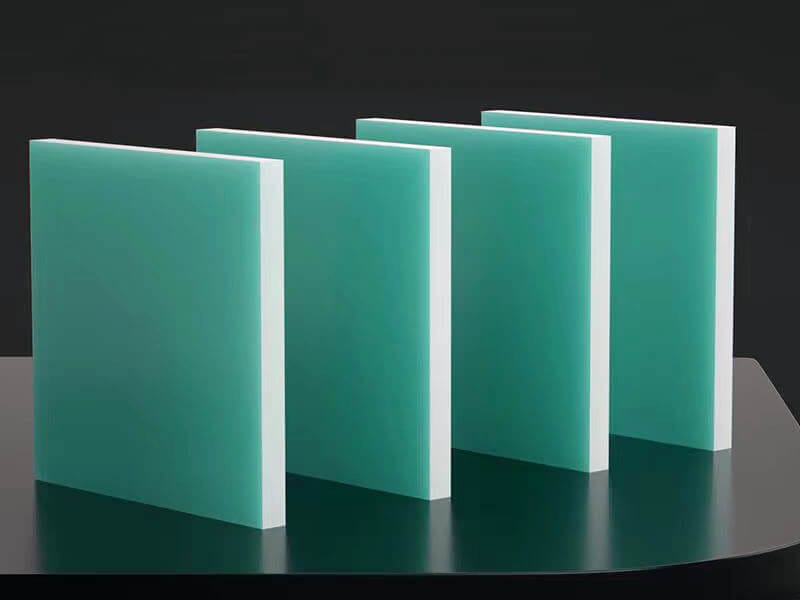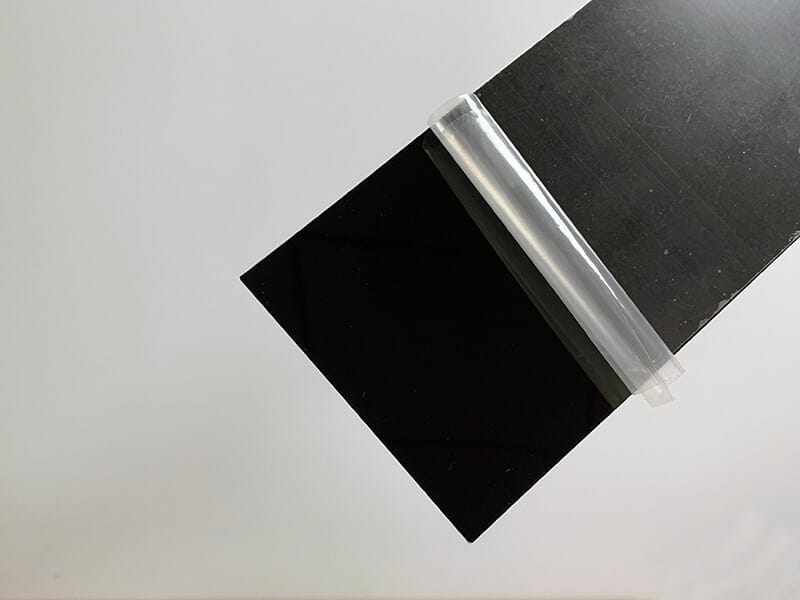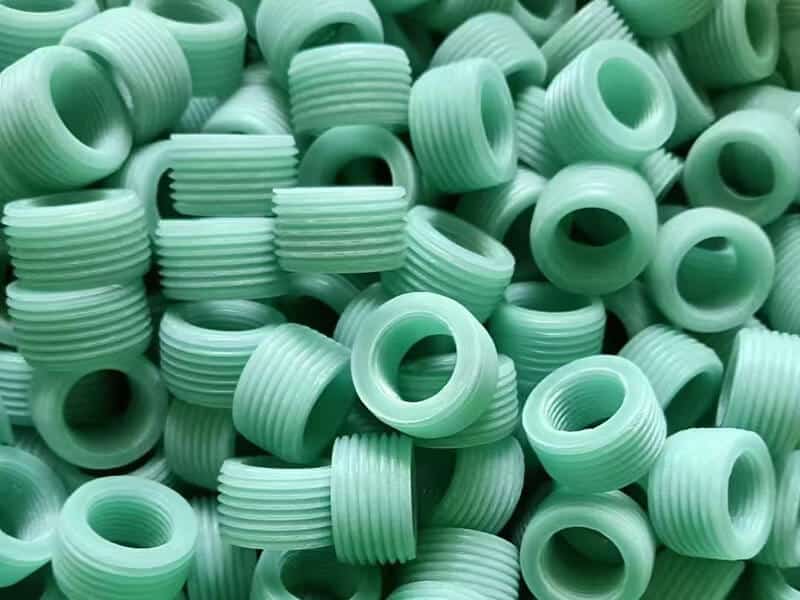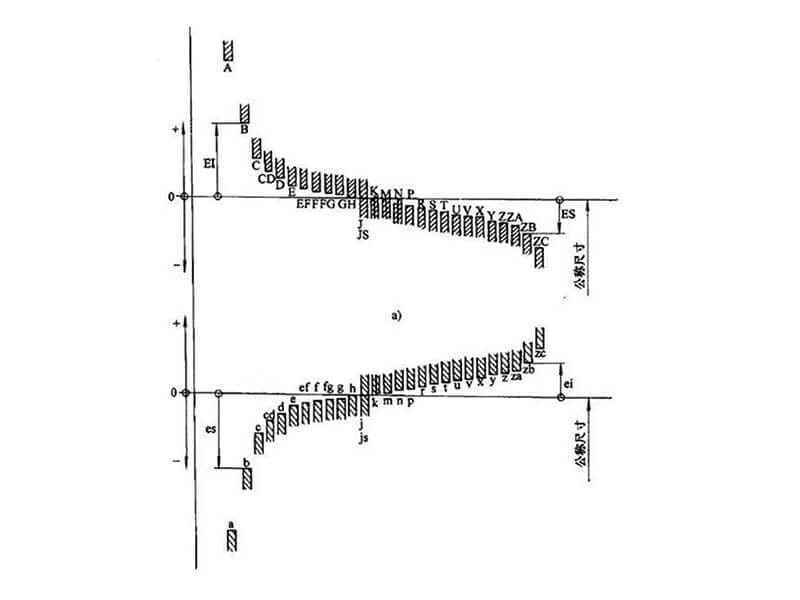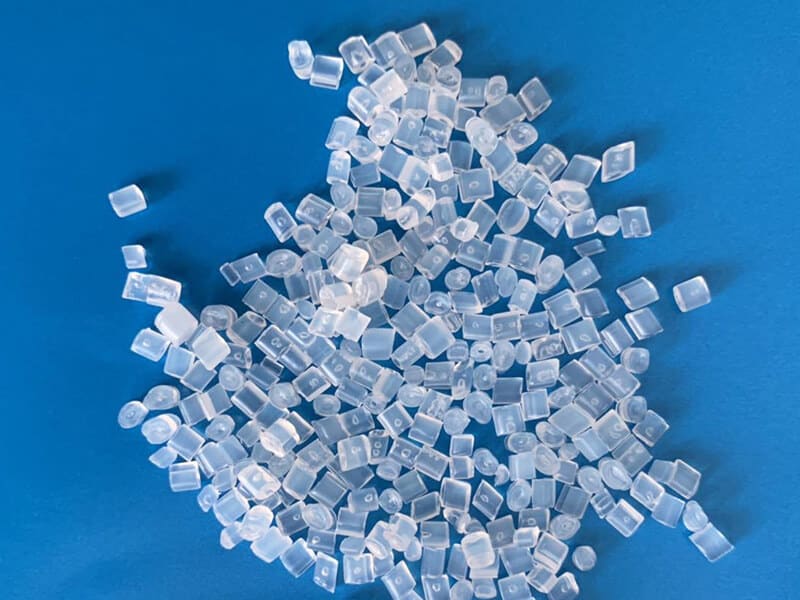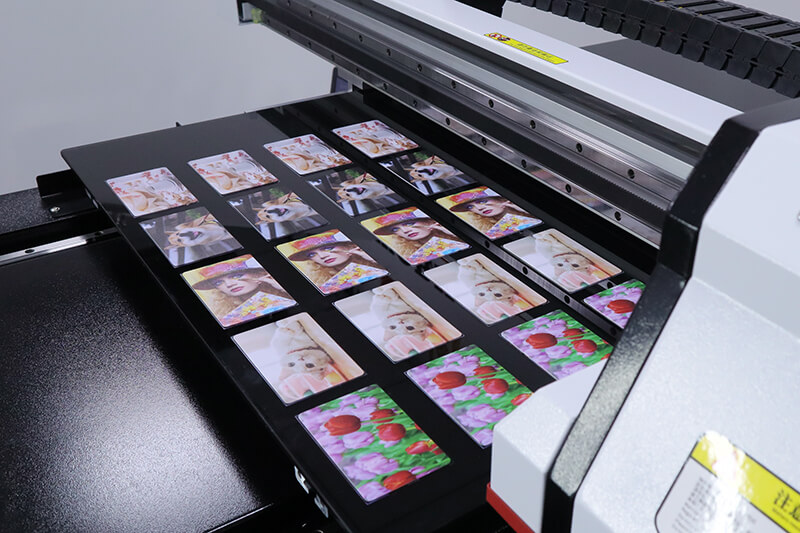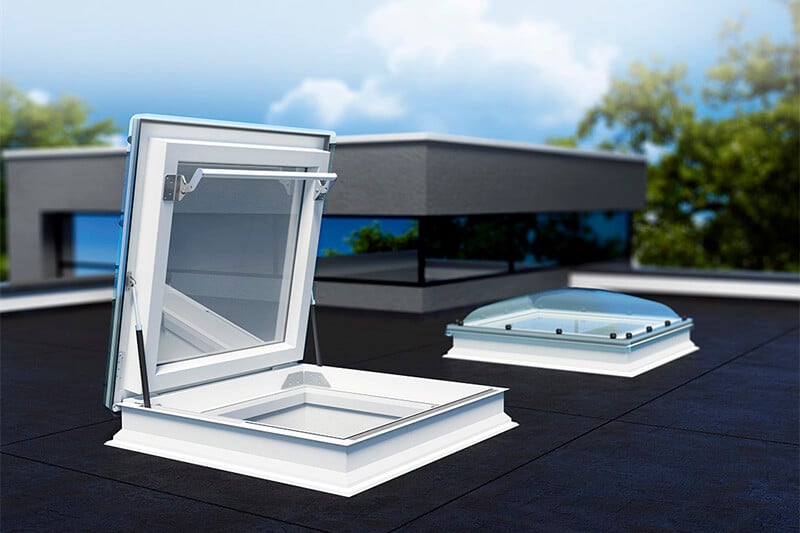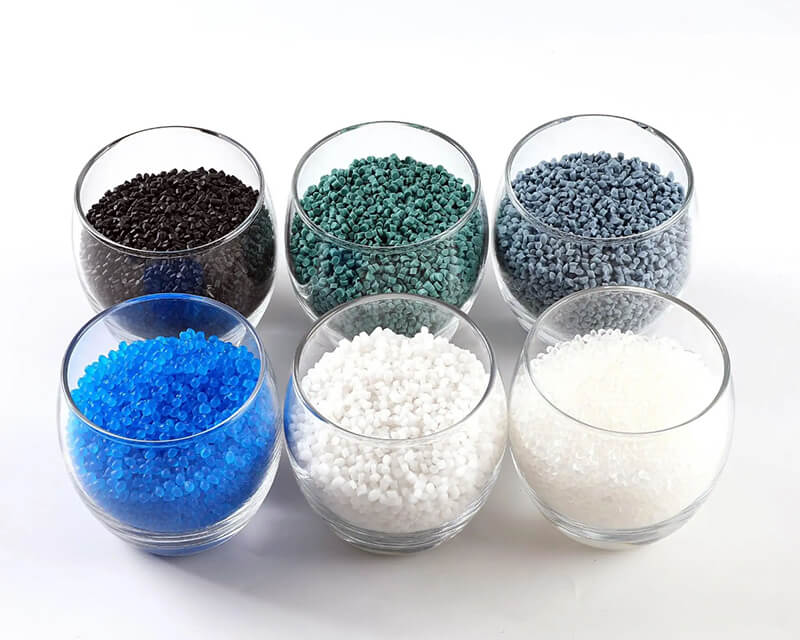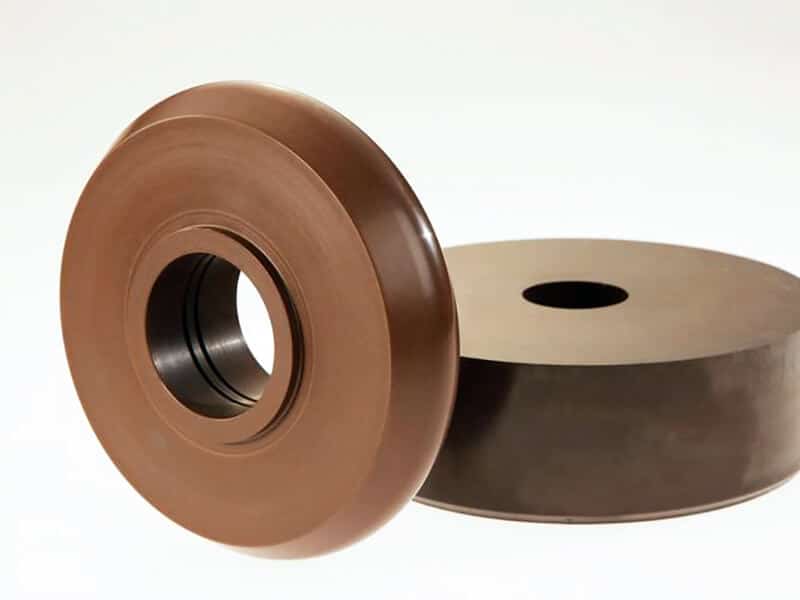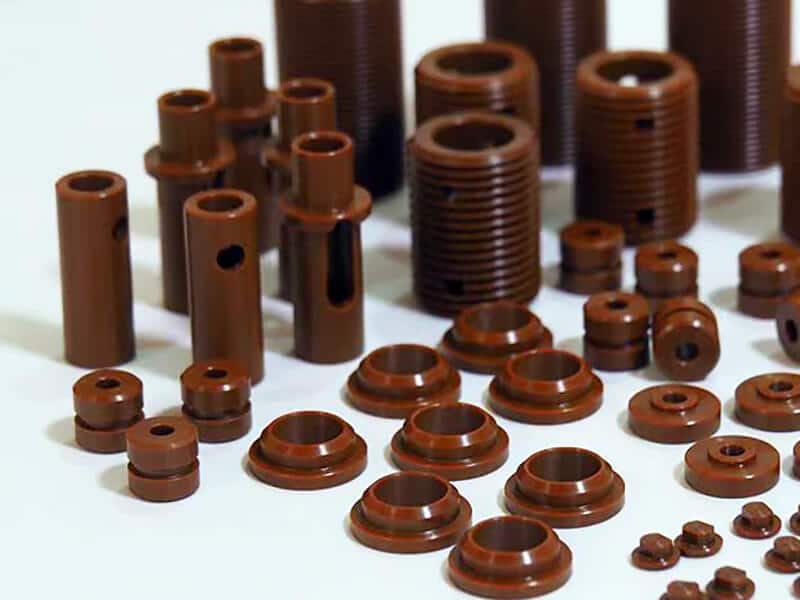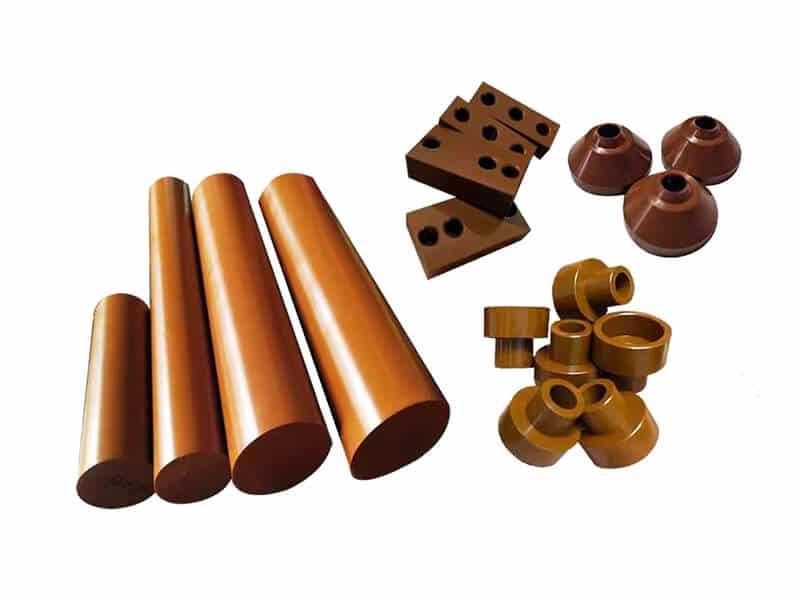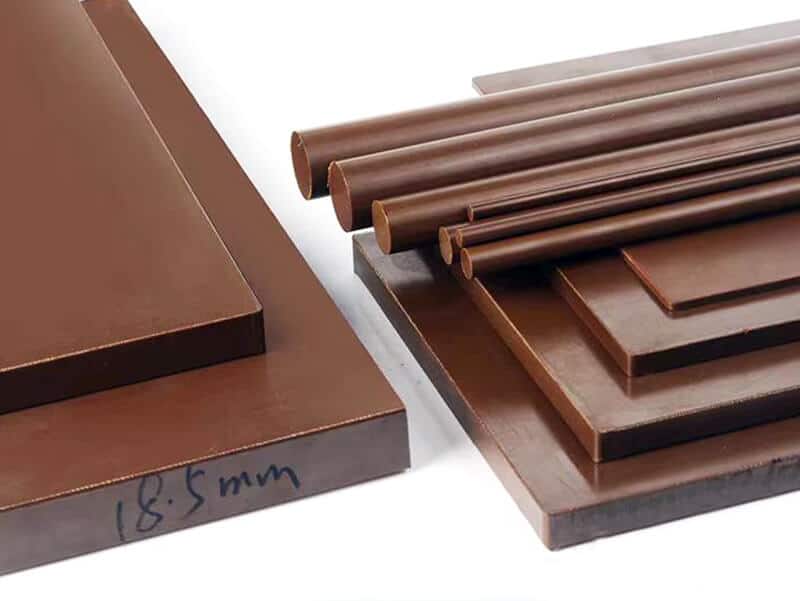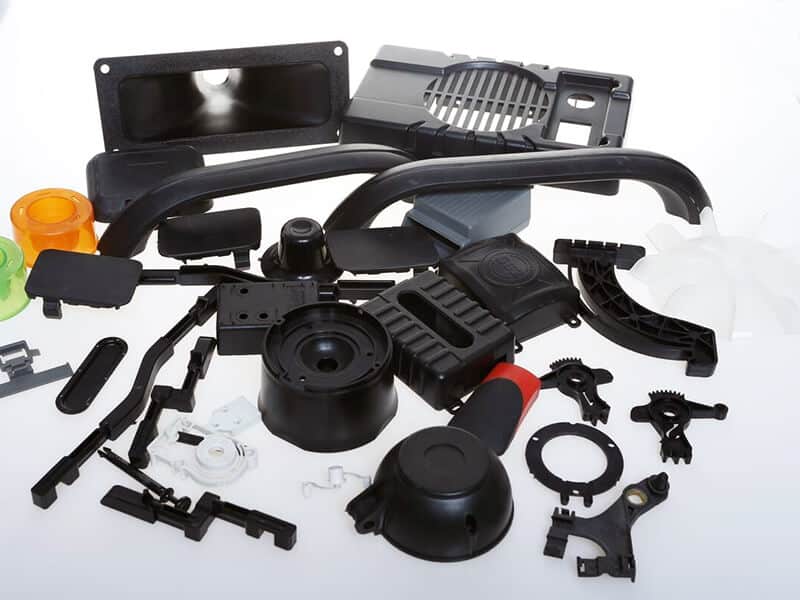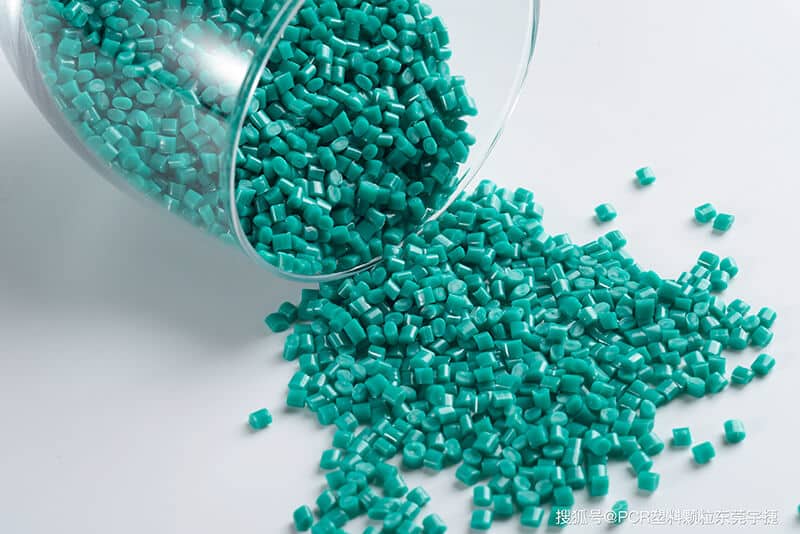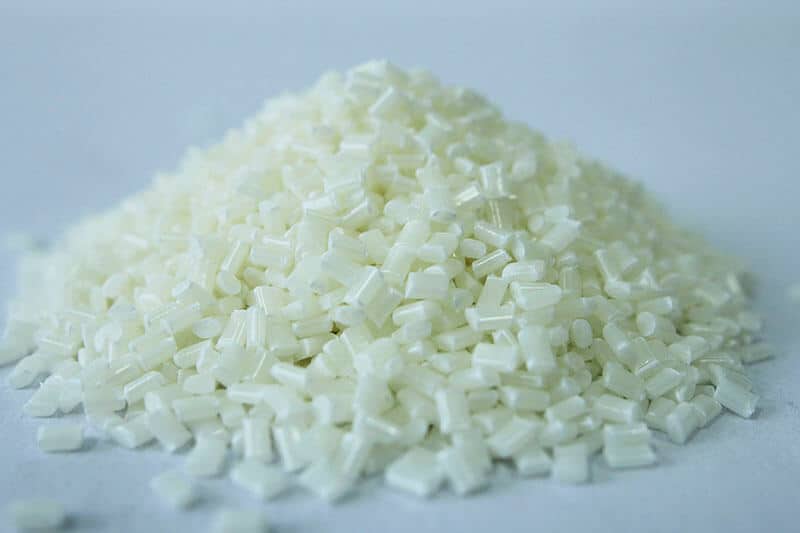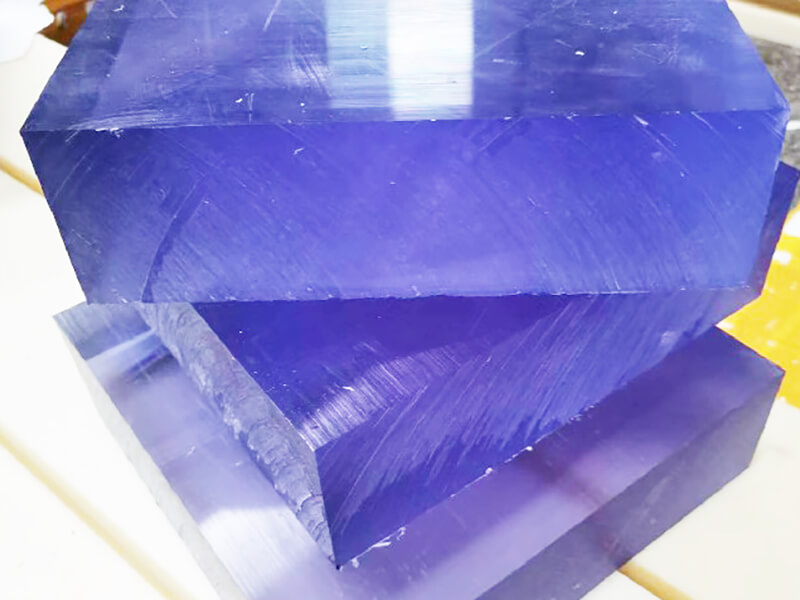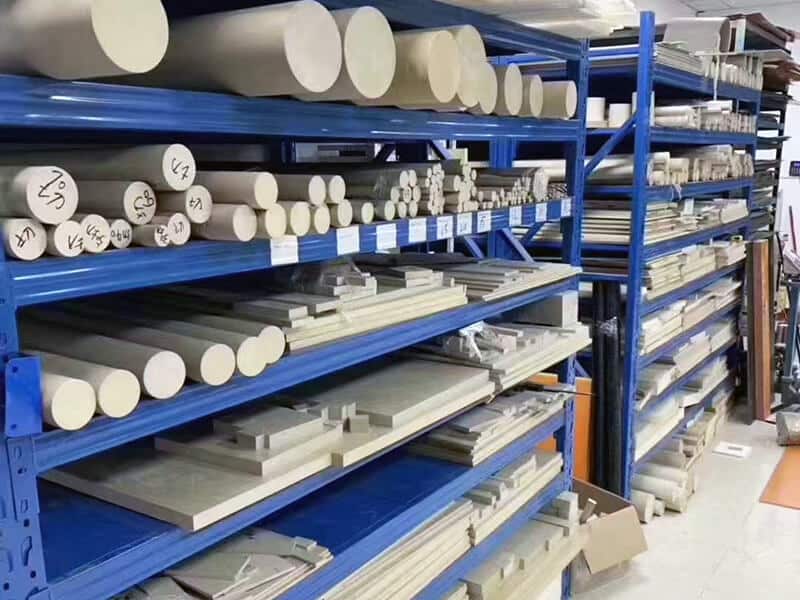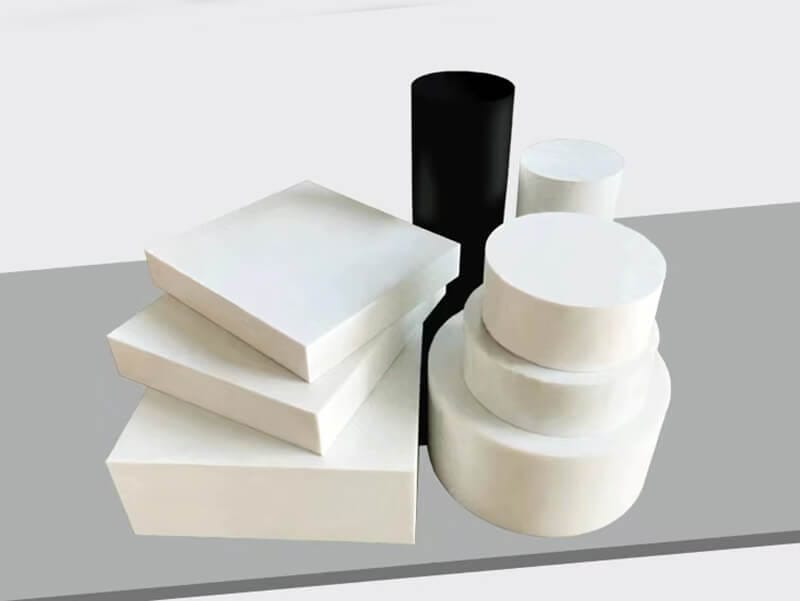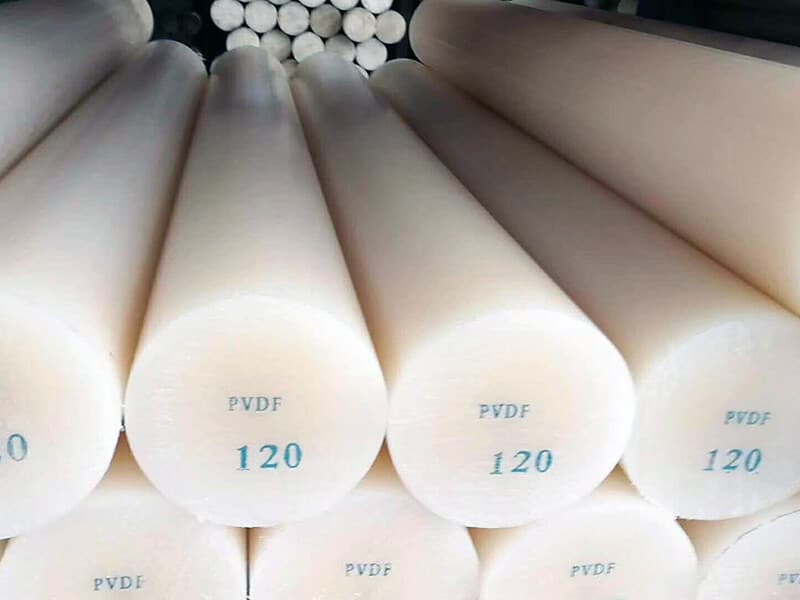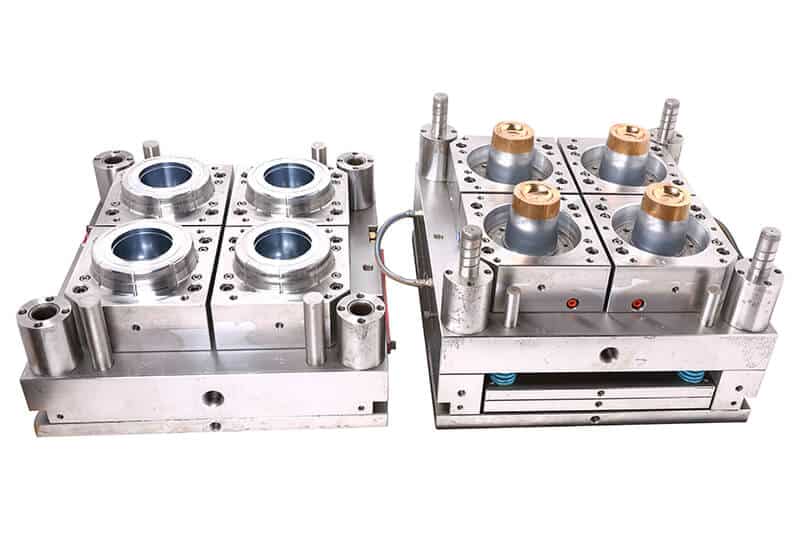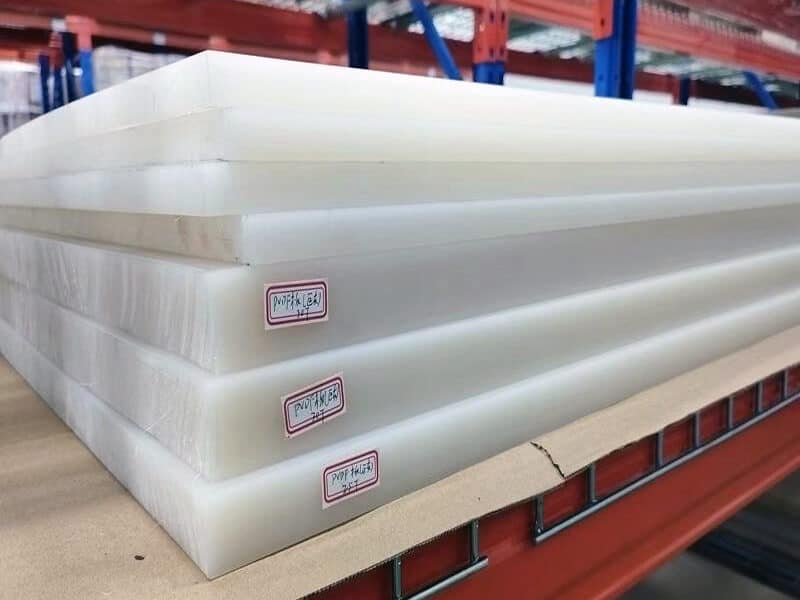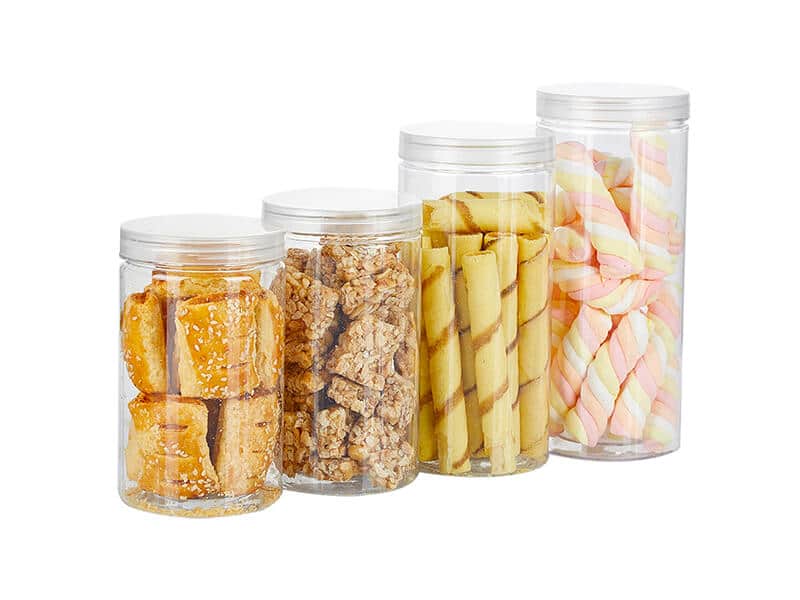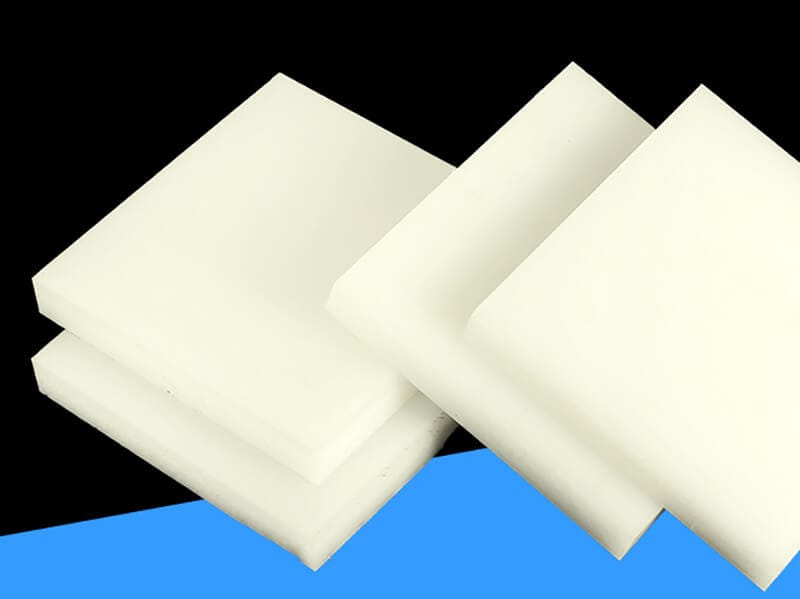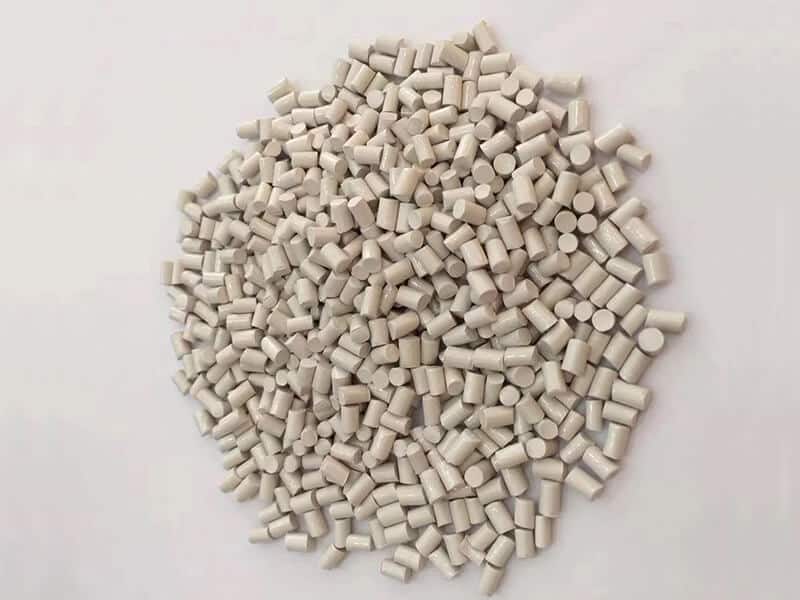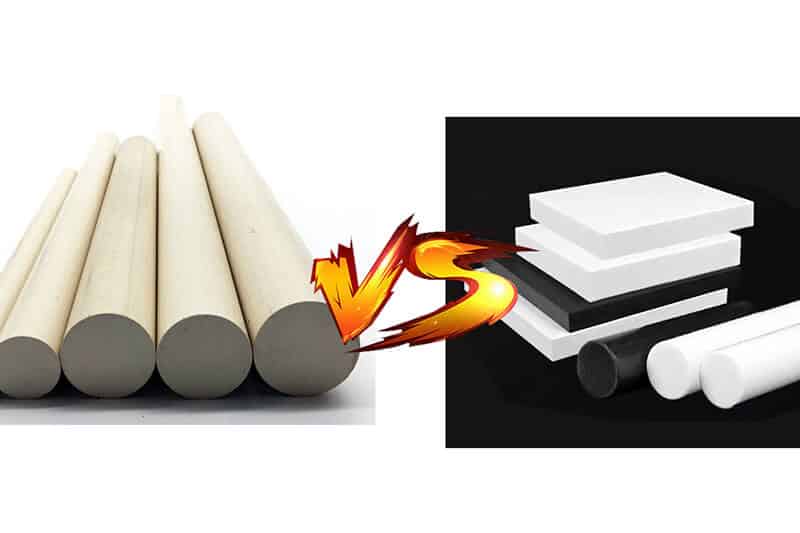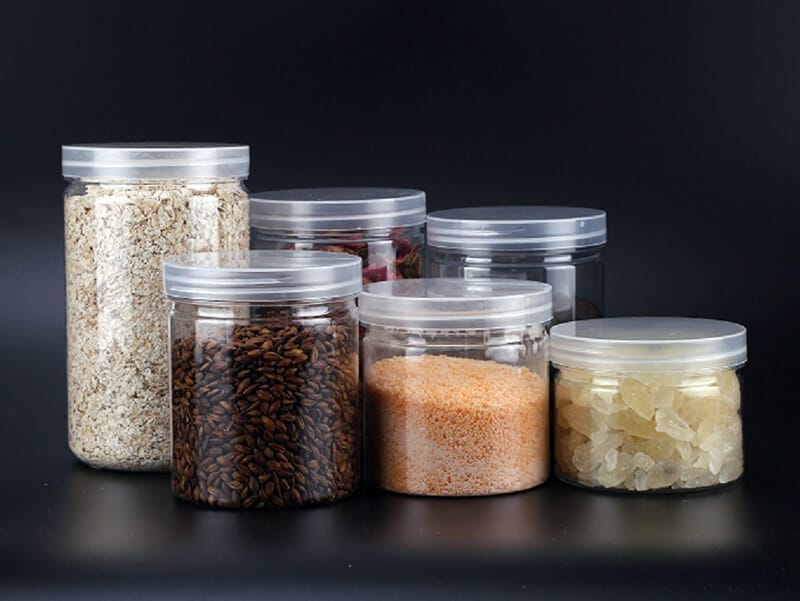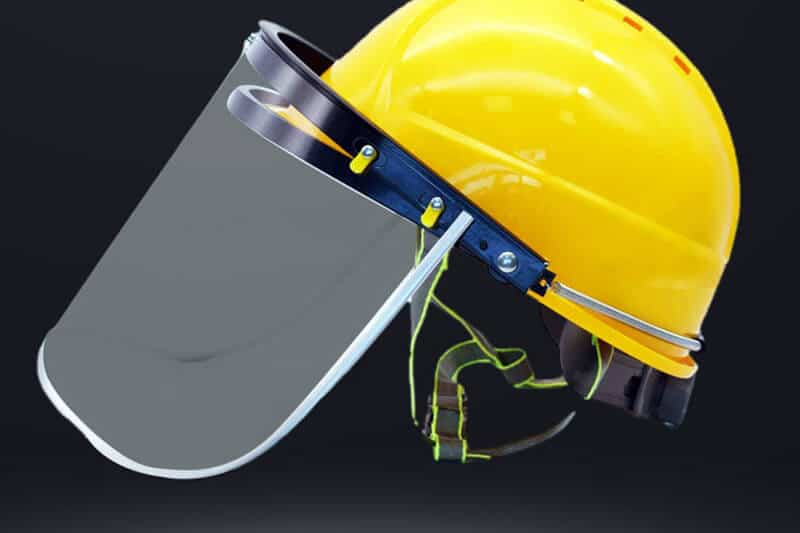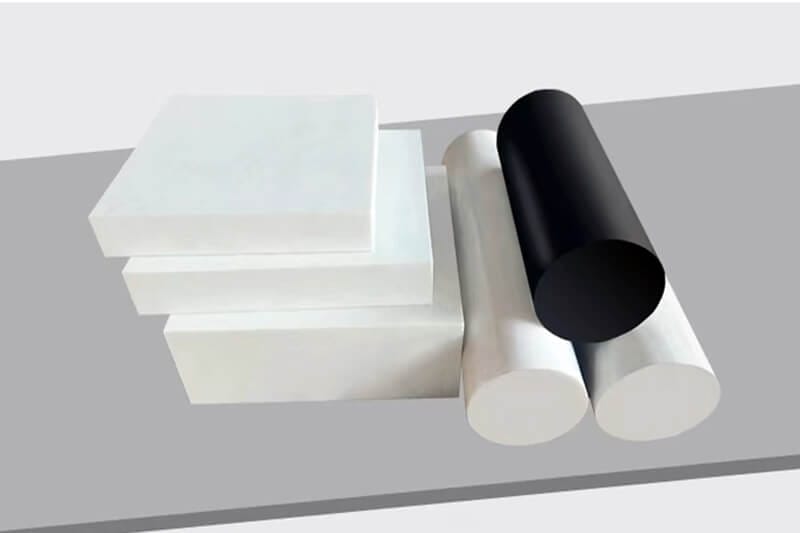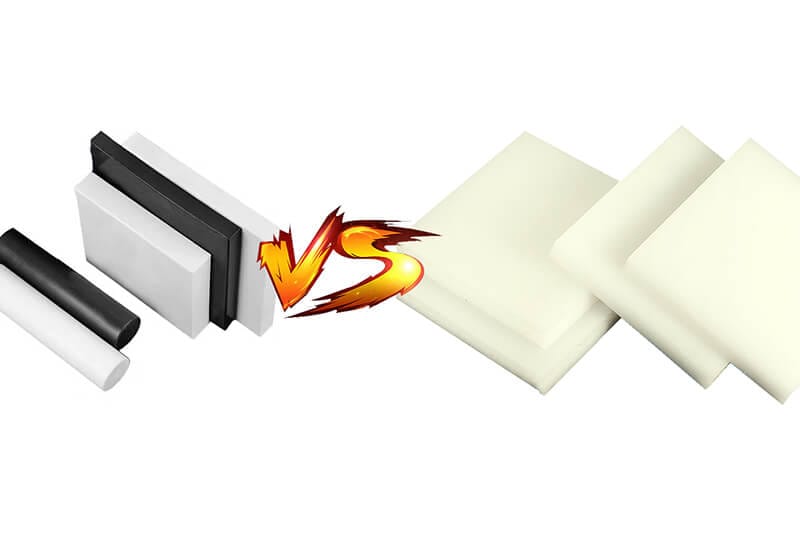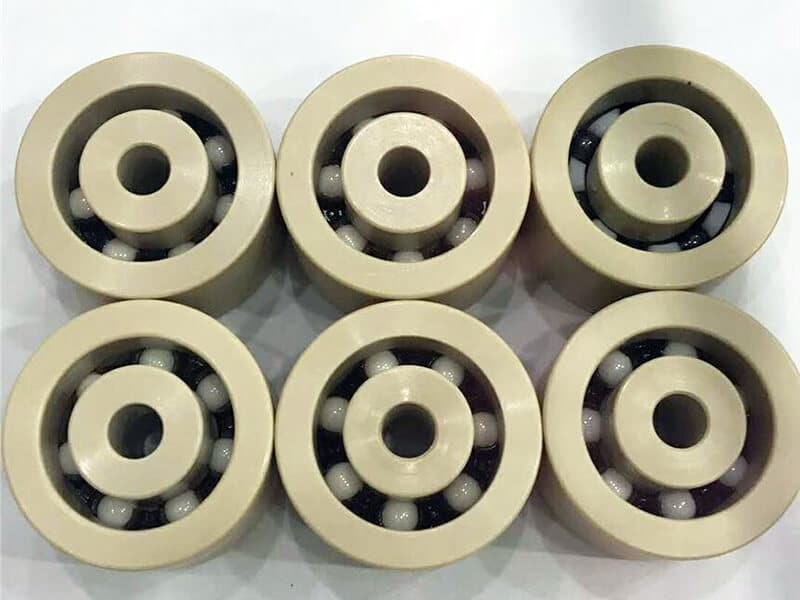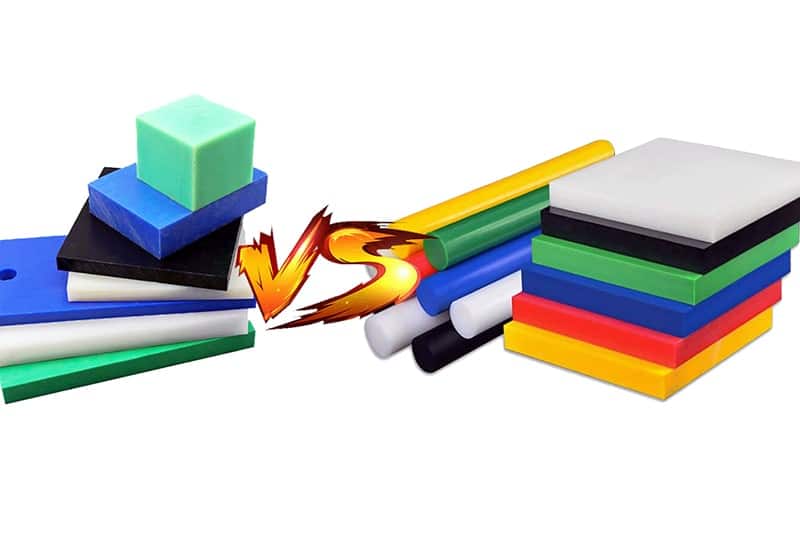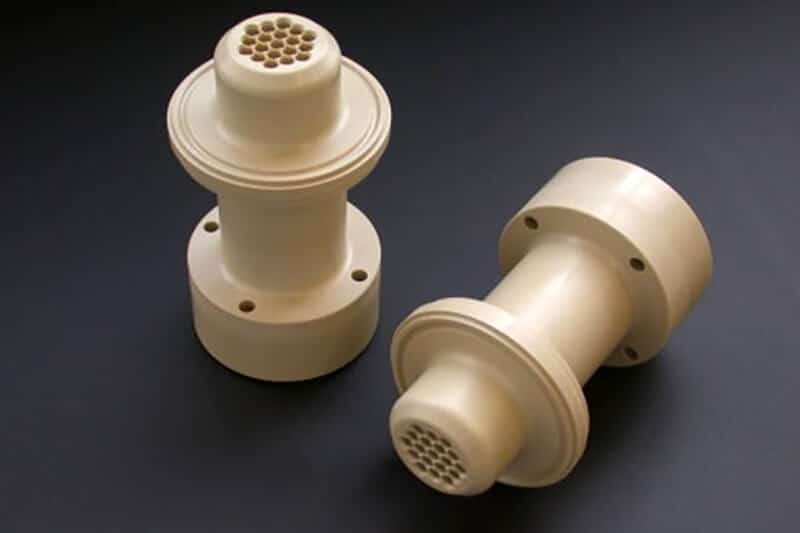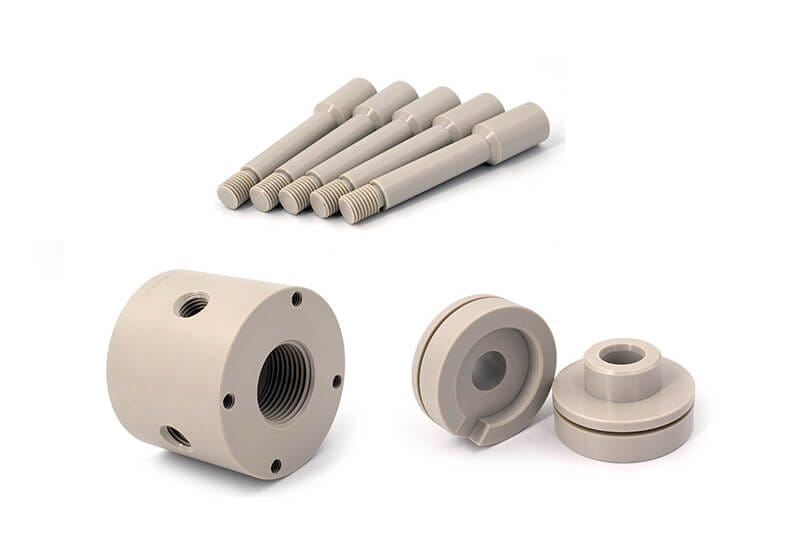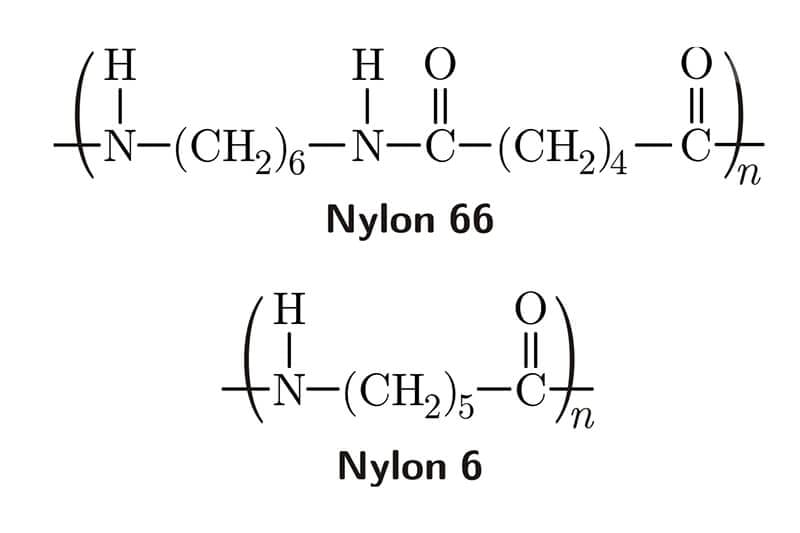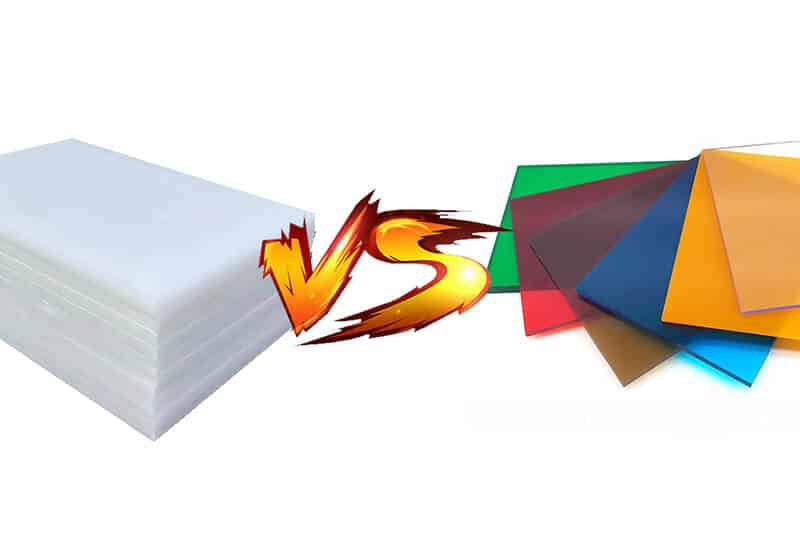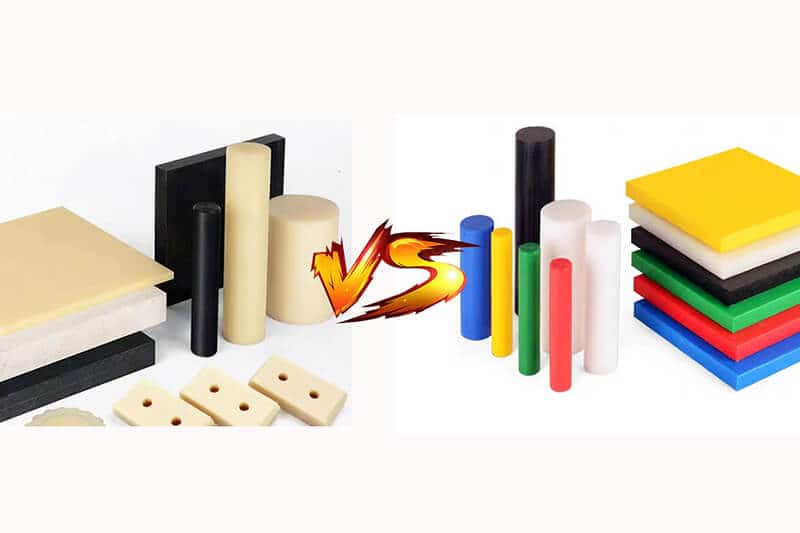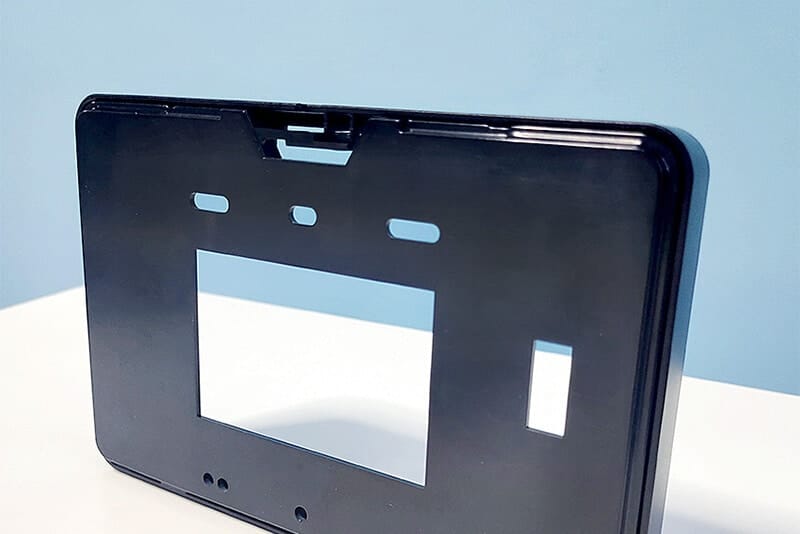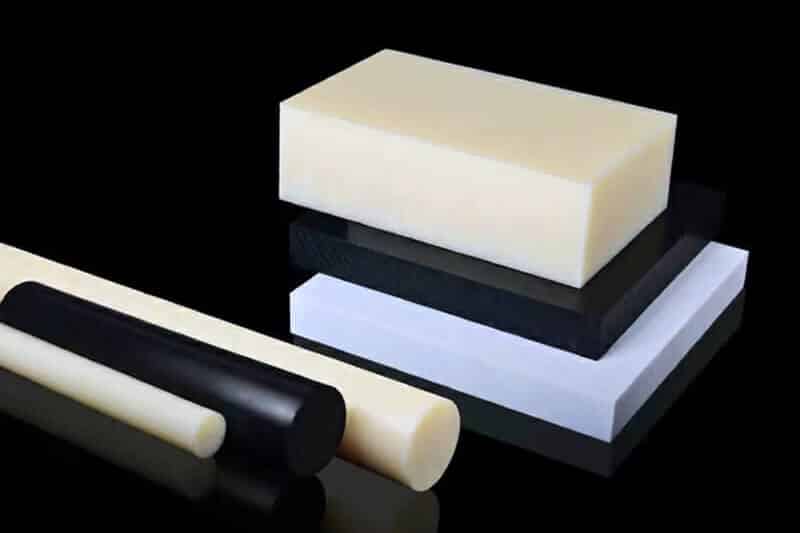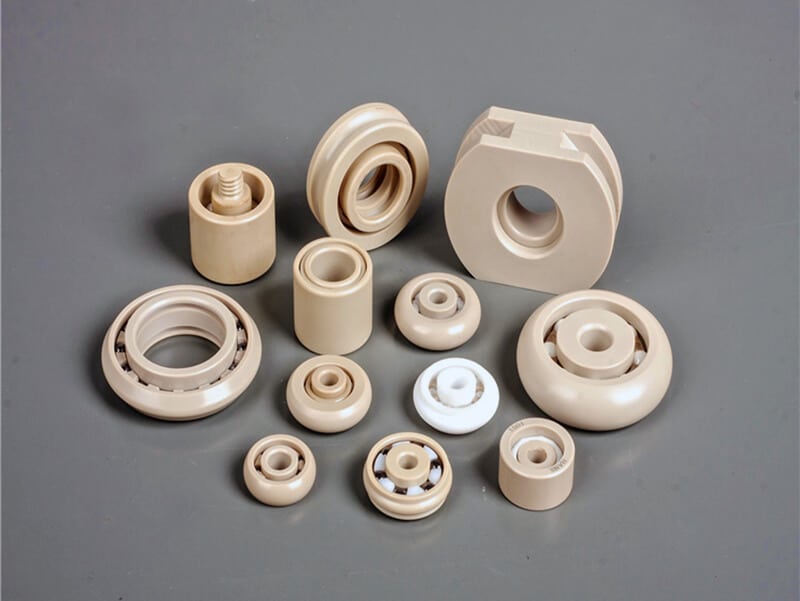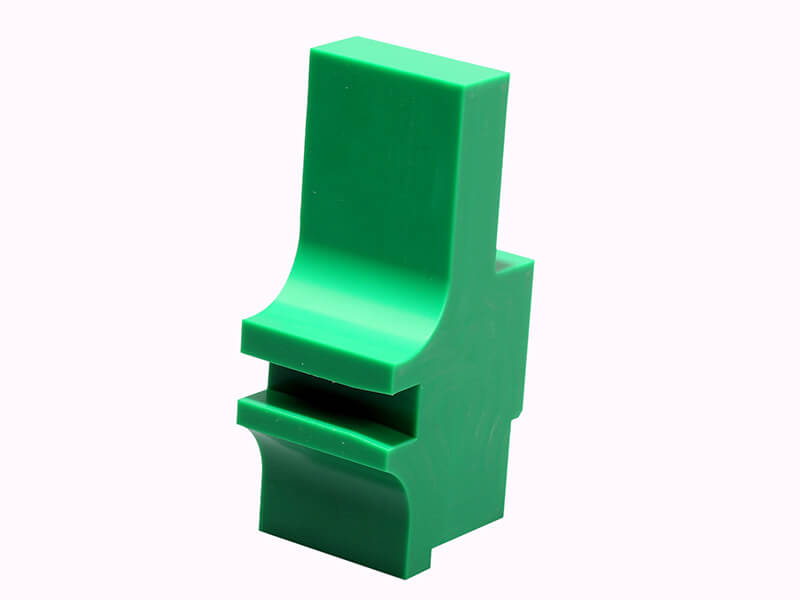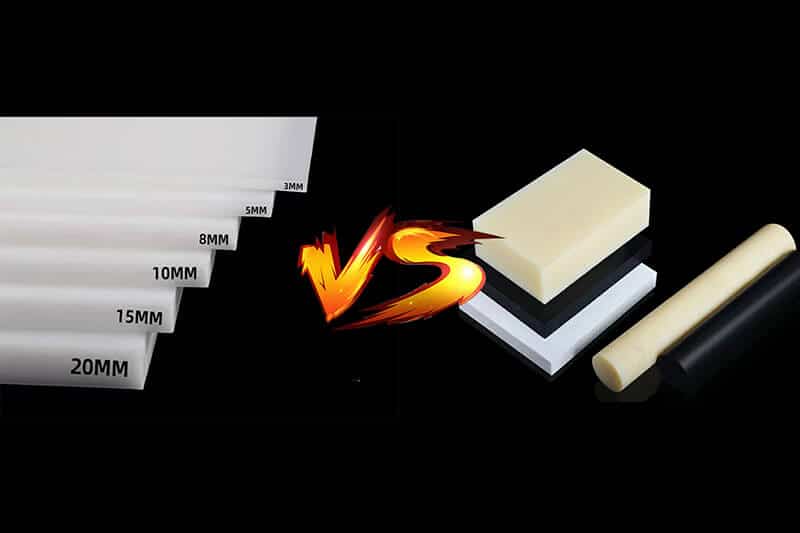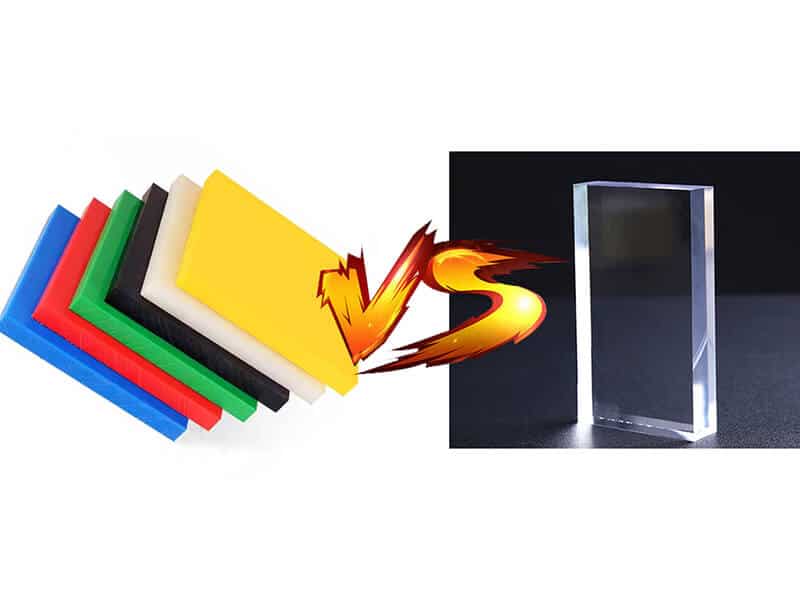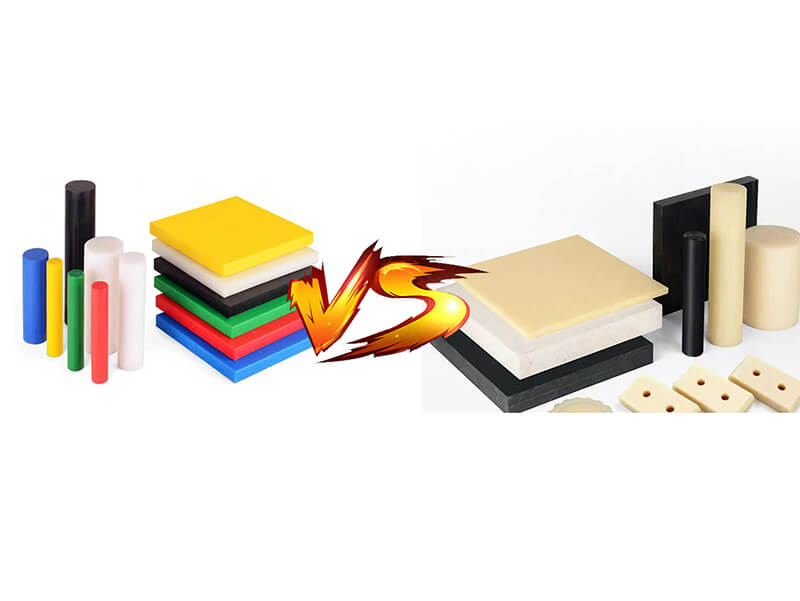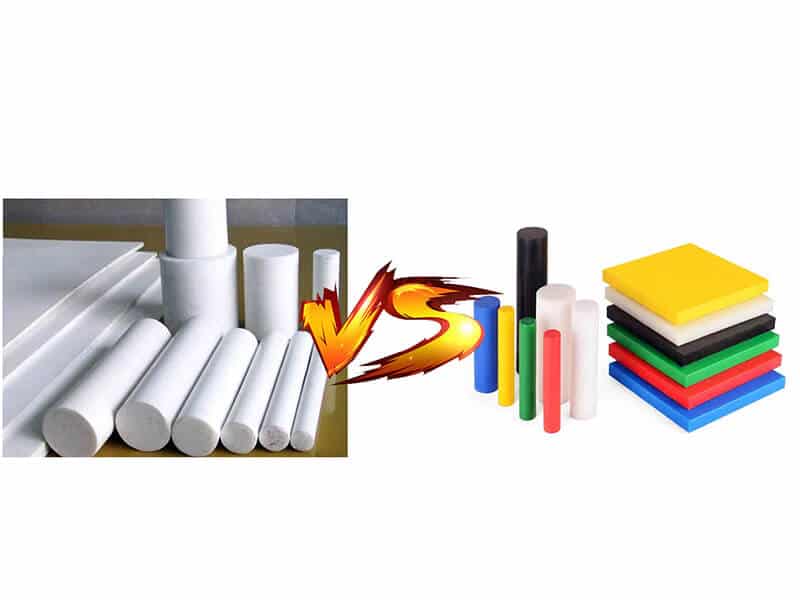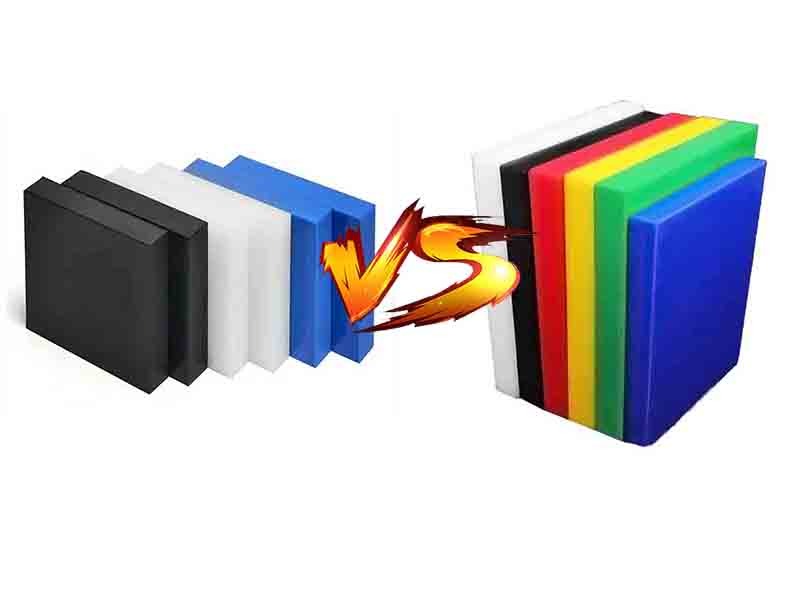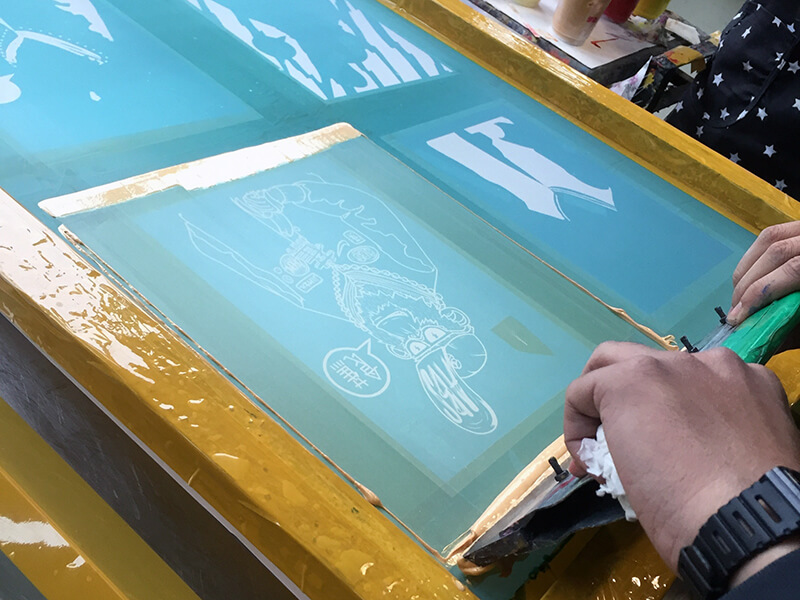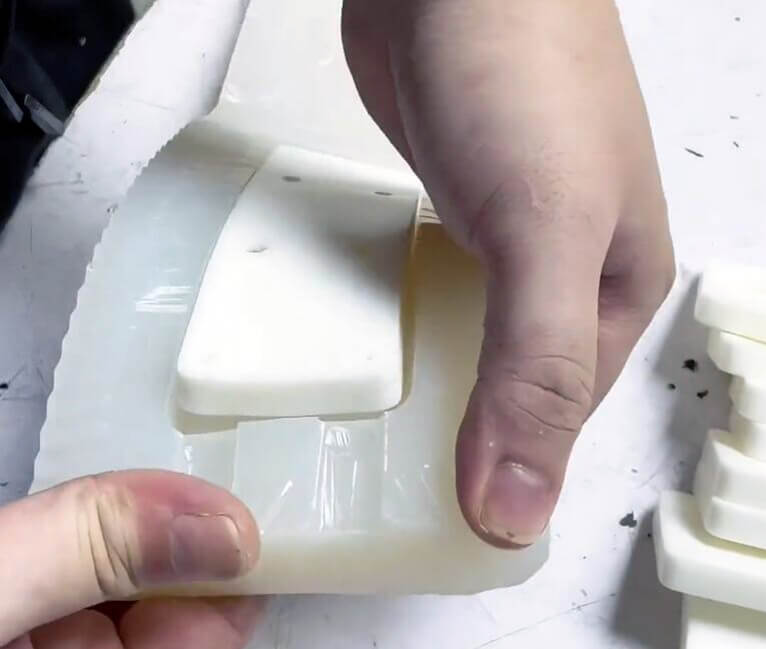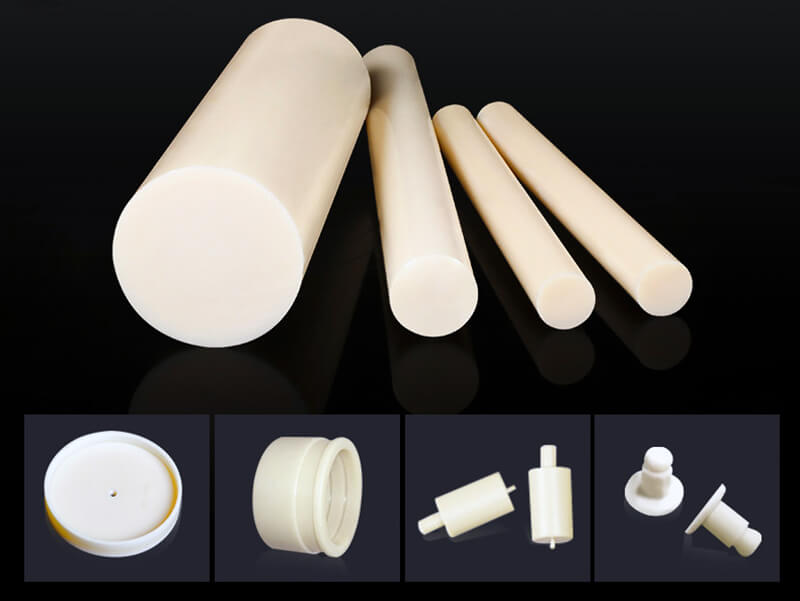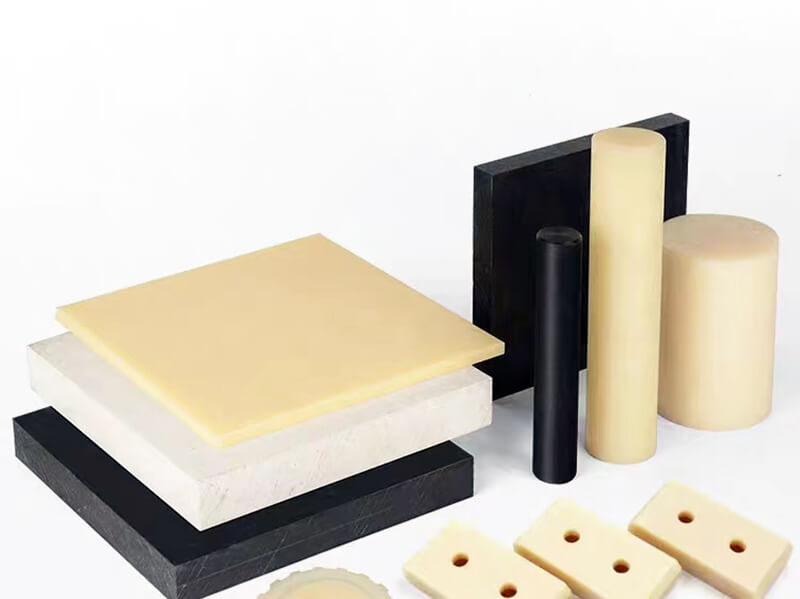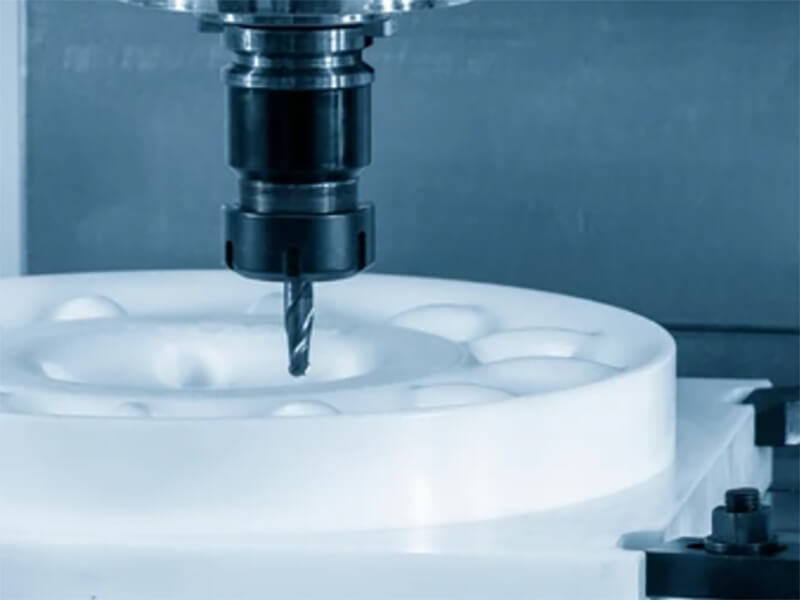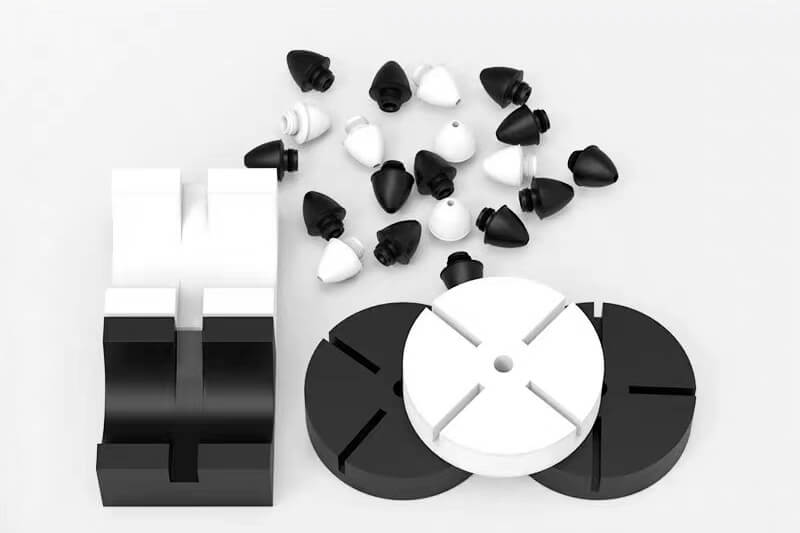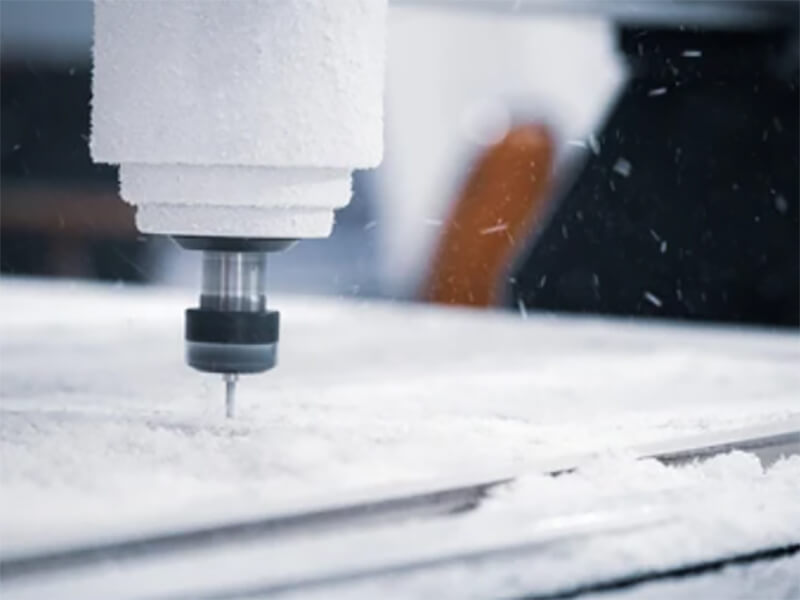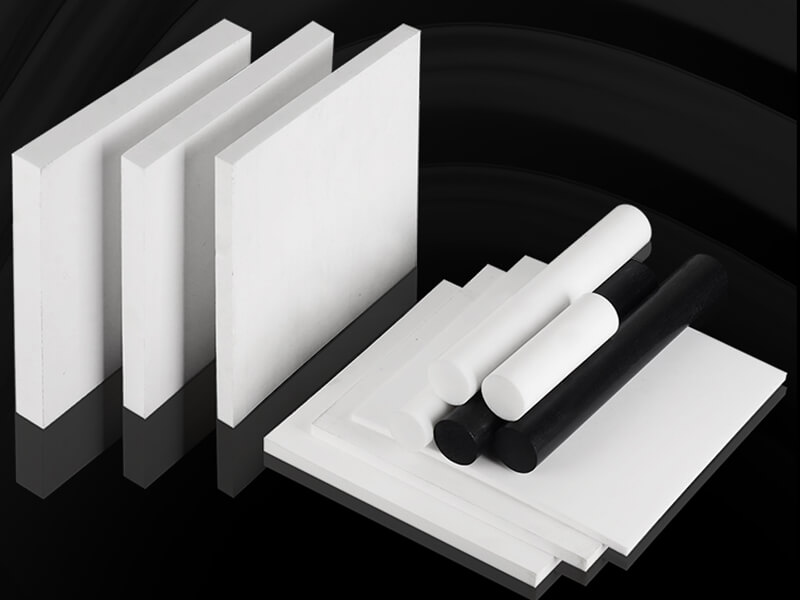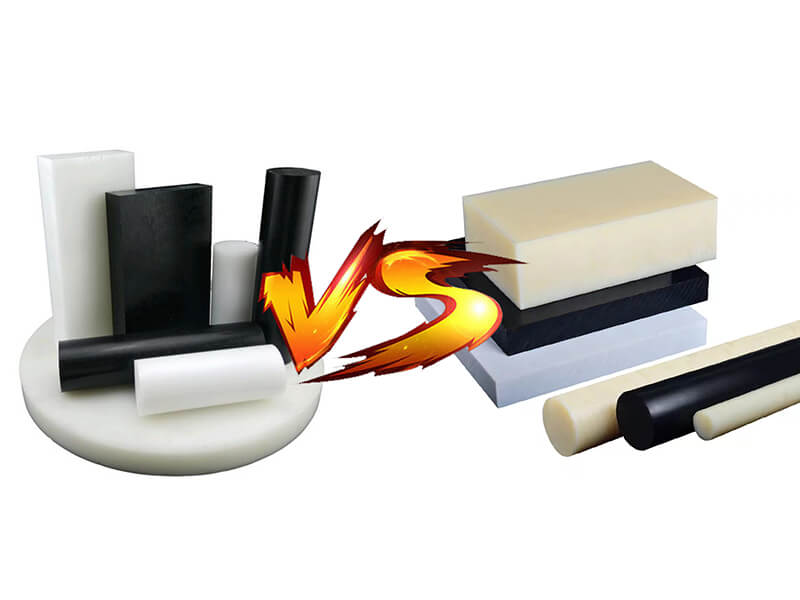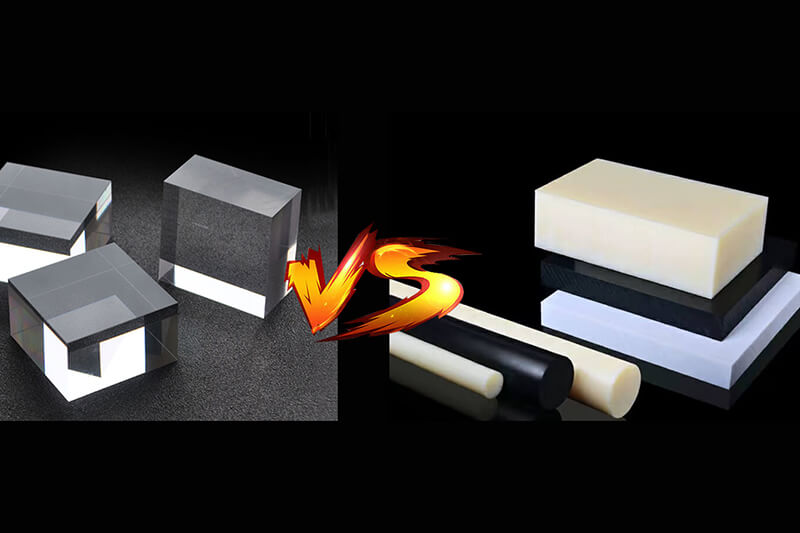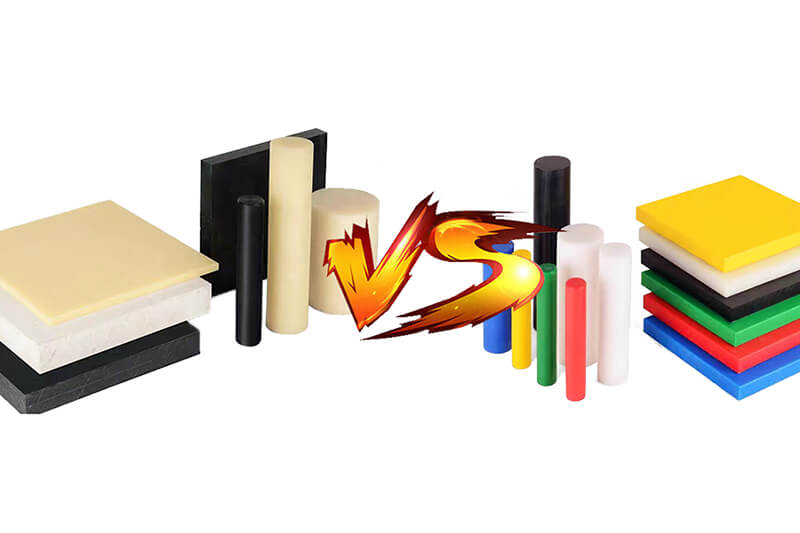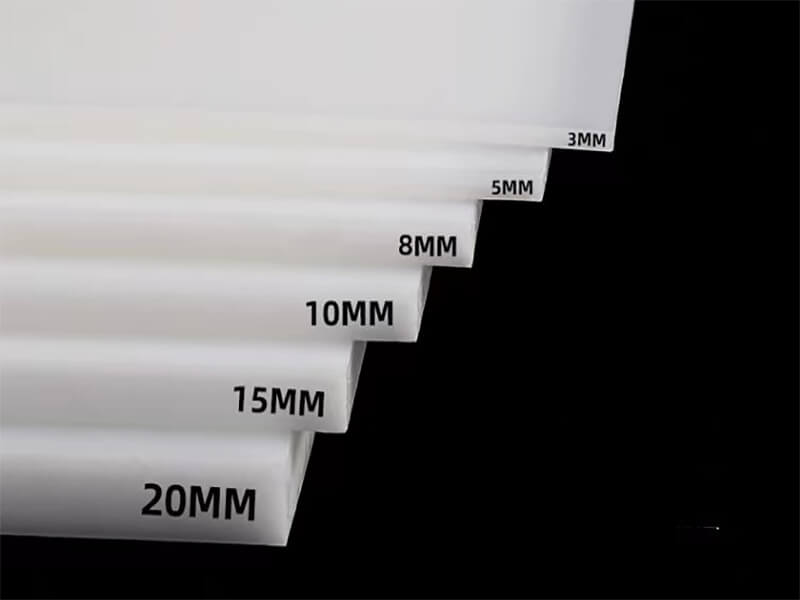HDPE Vs. UHMW: Unveiling the Performance Differences
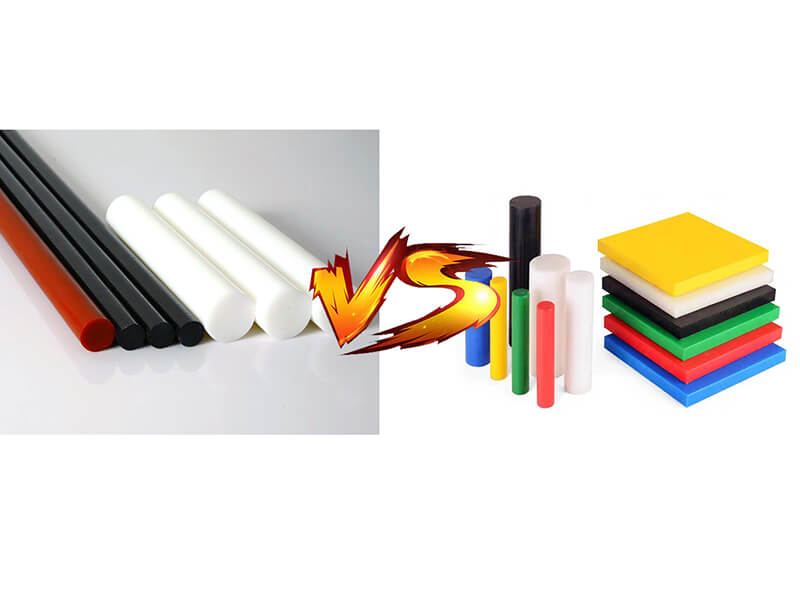
The thermoplastic materials UHMW (Ultra High Molecular Weight Polyethylene) and HDPE (High-Density Polyethylene) look alike. The main difference between UHMW and HDPE is that UHMW has long polymer chains with very high molecular weights. In contrast, HDPE has a high strength-to-density ratio.
HDPE is easy to make and weld, but UHMW is easy to machine and is used in many businesses that need durable materials, have low friction, and are resistant to chemicals.
The following article will compare HDPE and UHMW to help you decide which is best for your needs.
HDPE: Everything you need to know
HDPE is polyethylene with a high density. It is made of a flexible polymer. Compared to other kinds of polyethylene, this material is very dense. HDPE is said to have a thickness of 0.95 g/cm3. Since there isn’t much splitting of polymer chains in this material, the polymer chains are all close together. This makes HDPE solid and gives it a high resistance to being hit. HDPE is safe to work with even when the temperature is around 120°C. HDPE can be put in an autoclave.
Common Characteristics of HDPE
Common Applications of HDPE
HDPE can be used for many different things. It is easy to shape into almost any shape, which makes it great for using many things that may spend a lot of time outside, such as:
Advantages of HDPE
Disadvantages of HDPE
HDPE has some unique qualities and benefits, but it also has some problems you should consider before deciding to use it.
UHMW: Everything you need to know
UHMW stands for polyethylene, which has a very high number of molecules. It is a type of malleable material to heat. This polymer product is made up of very long polymer chains with high molecular weights (around 5–9 million amu). So, UHMW has the most molecules per unit of space. This combination, on the other hand, looks the same as HDPE.
Common Characteristics of UHMW
Common Applications of UHMW
Because of their valuable qualities, UHMWs are used in many different fields. UHMW is a material that is strong, lightweight, and immune to chemicals and corrosion. Here are the following items that can only be used with UHMW:
Advantages of UHMW
UHMWPE is an excellent material for specific uses because it has several advantages:
Disadvantages of UHMW
Comparison Between Product HDPE Vs. UHMW
| Type | HDPE Plastic | UHMW Plastic |
|---|---|---|
| Short description | High-density polyethylene (HDPE) or polyethylene high-density (PEHD) is a flexible polymer made from the monomer ethylene. | Ultra-high-molecular-weight polyethylene (UHMWPE, UHMW) is a subset of thermoplastic polyethylene. Also known as high-modulus polyethylene (HMPE) |
| What ingredients were used to make this? | High-density polyethylene (HDPE) is the linear form of polyethylene, a light, flexible manufactured resin that combines ethylene molecules. | Ultra-High Molecular Weight (UHMW) are polyethylene thermoplastics with long carbon chains and molecular weights between 6 and 10 million amu. |
| Applications | HDPE is a Type 2 plastic that is often used to make cases for milk, bleaches, shampoos and conditioners motor oil, detergents, and soap boxes. | UHMW has a high barrier to wear, is challenging, lasts long, and is biocompatible. So, it is often used as a support material in joint arthroplasty with ceramic or metal counter surfaces. |
| Characteristics | Flexible, precise, or waxy, waterproof, rugged at low temperatures (down to -60°C), easy to work with in most ways, cheap, and resistant to chemicals. | UHMW is rugged, smooth, and long-lasting, and it has a high tensile strength. It is also very immune to chemicals that cause corrosion, wear, abrasion, impact, water, and cold temperatures. |
| Pros of HDPE | HDPE is a better choice for a pipe that can handle lower pressure. HDPE is softer, easier to bend, and can be turned in a tight circle. | UHMW is more potent, lasts longer, wears better, and works better in challenging situations than other materials. |
| Cons | It takes a lot of energy and releases a lot of carbon dioxide to make polyethylene. | Using UHMW for extended amounts of time at temperatures above 80 to 100 °C is not a good idea. |
Final Words
HDPE and UHMW PE offer very similar surfaces, but their characteristics are different. Therefore, the buyer should indicate the detailed requirement to the supplier. UVTECO is a trustworthy supplier of HDPE, UHMW plastic, and machining services from China. If you are looking for these materials, please contact us.
Related Blogs

Looking for a trustworthy Supplier
Need a Trustworthy Supplier of Plastic, Foam, Sponge, Rubber, Metal, and Machining Solution. Click the Button, We Will Be In Touch With You As Quickly As Possible.
